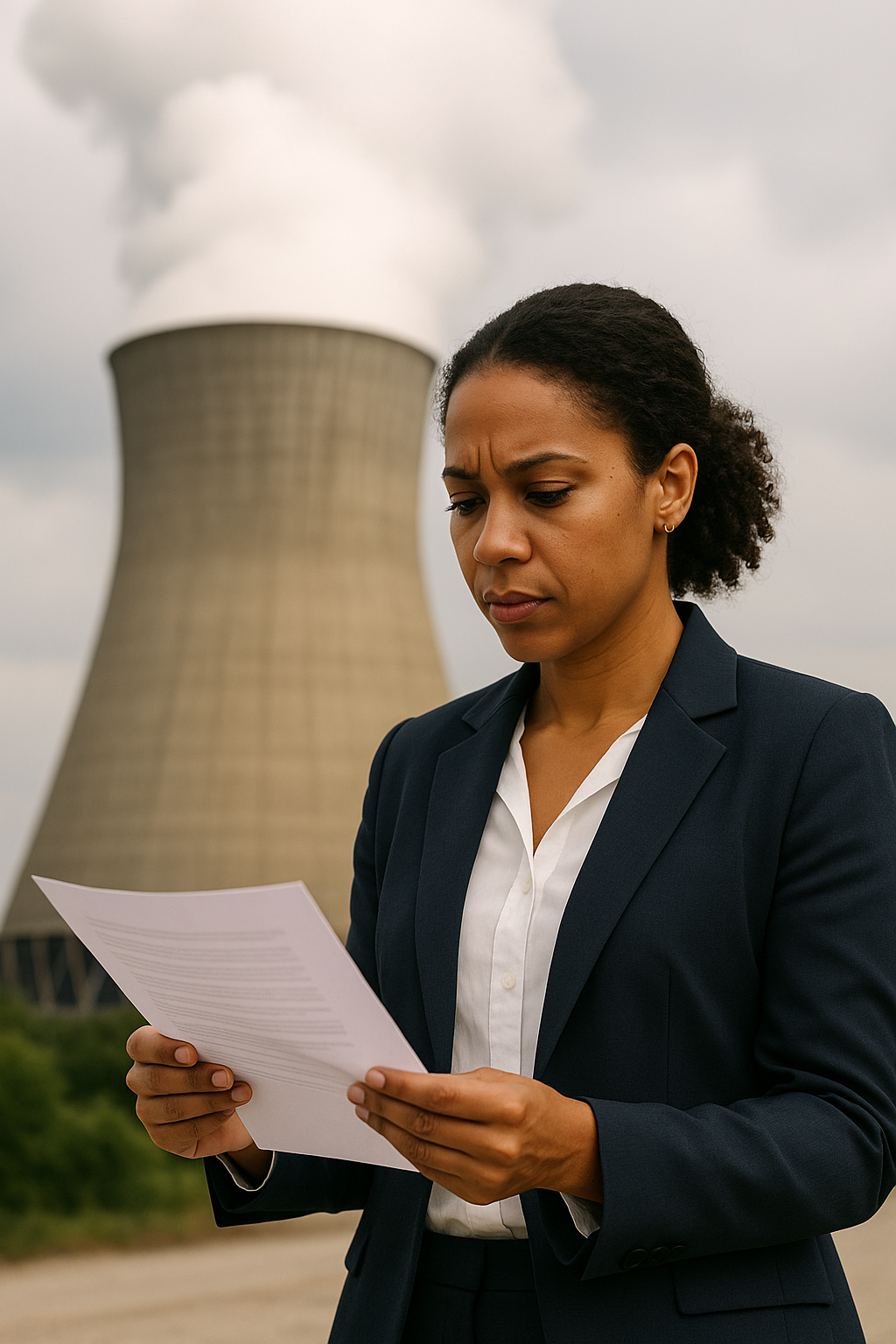Introduction
Thermal power plants (TPPs), while vital for energy generation, can cause significant environmental harm due to their emissions, ash disposal, and impacts on air, water, and soil quality. When these harmful effects result in damage to individuals, communities, or ecosystems, compensation lawsuits can be filed against the plant operators or other responsible entities.
This article examines how compensation lawsuits for environmental damage caused by thermal power plants are handled, focusing on legal frameworks, liability principles, procedural rules, and practical examples, while offering risk mitigation strategies for both operators and affected parties.
1. Legal Basis for Environmental Compensation Claims
Environmental damage claims related to thermal power plants are generally based on the following legal principles:
- Tort Law (Civil Liability):
- Under most national civil codes, anyone who unlawfully damages another’s property, health, or environment is obliged to pay compensation.
- Key elements include fault, damage, and causal link between the activity of the power plant and the harm.
- Strict Liability for Hazardous Activities:
- Thermal power generation is often considered an inherently dangerous activity, leading to strict liability where fault does not need to be proven.
- Operators must demonstrate they have taken all necessary safety measures to avoid liability.
- Environmental Protection Laws:
- Many jurisdictions have special environmental liability statutes, such as the EU Environmental Liability Directive (ELD), which applies a “polluter pays” principle.
- International Treaties and Human Rights Norms:
- Cases involving transboundary pollution or health risks may involve international conventions or claims under the right to a healthy environment (recognized in various jurisdictions).
2. Types of Environmental Damage from Thermal Power Plants
Compensation lawsuits can arise from various forms of damage caused by TPPs, including:
- Air Pollution: Emission of sulfur dioxide (SO₂), nitrogen oxides (NOₓ), particulate matter, and greenhouse gases.
- Water Contamination: Discharge of heated water or chemical pollutants into rivers or lakes.
- Soil Degradation and Ash Waste: Improper disposal of fly ash and bottom ash leading to toxic contamination.
- Health Impacts: Respiratory illnesses, cancers, or other health issues linked to emissions.
- Biodiversity Loss: Harm to local ecosystems and wildlife.
3. Parties to the Lawsuit
- Plaintiffs:
- Affected individuals (e.g., residents with health issues),
- Communities (class actions),
- Environmental NGOs,
- Public authorities in certain jurisdictions.
- Defendants:
- Thermal power plant operators,
- Parent companies or investors,
- Contractors responsible for waste management or emissions control.
4. Procedural Steps in Compensation Lawsuits
4.1. Pre-Litigation Phase
- Environmental Impact Assessments (EIA): Review of EIA reports to establish baseline conditions and non-compliance.
- Regulatory Complaints: Plaintiffs may file complaints with environmental agencies before going to court.
- Expert Opinions: Gathering scientific studies, health reports, and environmental data.
4.2. Filing the Lawsuit
- Plaintiffs must submit evidence of harm, causal link, and fault or negligence (unless strict liability applies).
- Jurisdiction and applicable law are determined (domestic civil courts or specialized environmental courts).
4.3. Evidence and Expert Reports
- Courts typically appoint independent experts (environmental engineers, toxicologists) to assess causation and damages.
- Satellite imagery, emission data, and health studies are commonly used as evidence.
4.4. Types of Damages Awarded
- Compensatory Damages: For property damage, medical expenses, and loss of income.
- Environmental Restoration Costs: Orders to remediate polluted sites or restore ecosystems.
- Non-Material Damages: Compensation for pain, suffering, or reduced quality of life.
5. Key Legal Challenges in Environmental Lawsuits
- Proving Causation: Establishing a direct link between the TPP’s emissions and the specific harm suffered can be challenging.
- Statute of Limitations: Environmental damage may manifest years later, raising issues about claim deadlines.
- Collective vs. Individual Claims: Class action lawsuits require procedural coordination.
- Defensive Strategies by Operators: Companies often argue compliance with environmental permits as a shield against liability.
6. Notable Case Examples
- Vattenfall v. Germany (ICSID, 2009):
A Swedish energy company sued Germany under the Energy Charter Treaty over stricter environmental requirements for a coal-fired plant, claiming violation of investor rights. Although not a compensation claim by victims, the case shows the complexity of balancing environmental regulation and energy investment. - Indian Fly Ash Cases:
Indian courts have ordered compensation and mandatory cleanup measures against TPPs for improper fly ash disposal affecting local communities.
7. Role of Environmental Agencies and Regulators
- Environmental regulators can impose administrative fines and order remediation measures.
- In some countries, agencies have the authority to represent affected communities and initiate civil lawsuits for environmental harm.
8. Risk Mitigation for Thermal Power Plant Operators
To avoid or minimize lawsuits, operators should:
- Ensure full compliance with emission limits and EIA requirements.
- Implement best available techniques (BAT) for pollution control.
- Maintain environmental liability insurance to cover potential damages.
- Engage with local communities through corporate social responsibility (CSR) initiatives.
9. Future Legal Trends
- Climate Change Litigation: Courts increasingly recognize liability for greenhouse gas emissions contributing to climate impacts.
- Increased NGO Involvement: Environmental organizations are using litigation as a tool to enforce stricter environmental standards.
- International Cooperation: Cross-border pollution cases are expected to grow, particularly in regions sharing rivers or air basins.
Conclusion
Compensation lawsuits for environmental damage caused by thermal power plants involve complex scientific, legal, and regulatory issues. Successful claims depend on proving harm and causation, supported by expert evidence and environmental assessments.
Plant operators must prioritize compliance, risk management, and community engagement to mitigate legal risks, while affected communities should leverage environmental laws and collective action to seek justice and remediation.

Yanıt yok